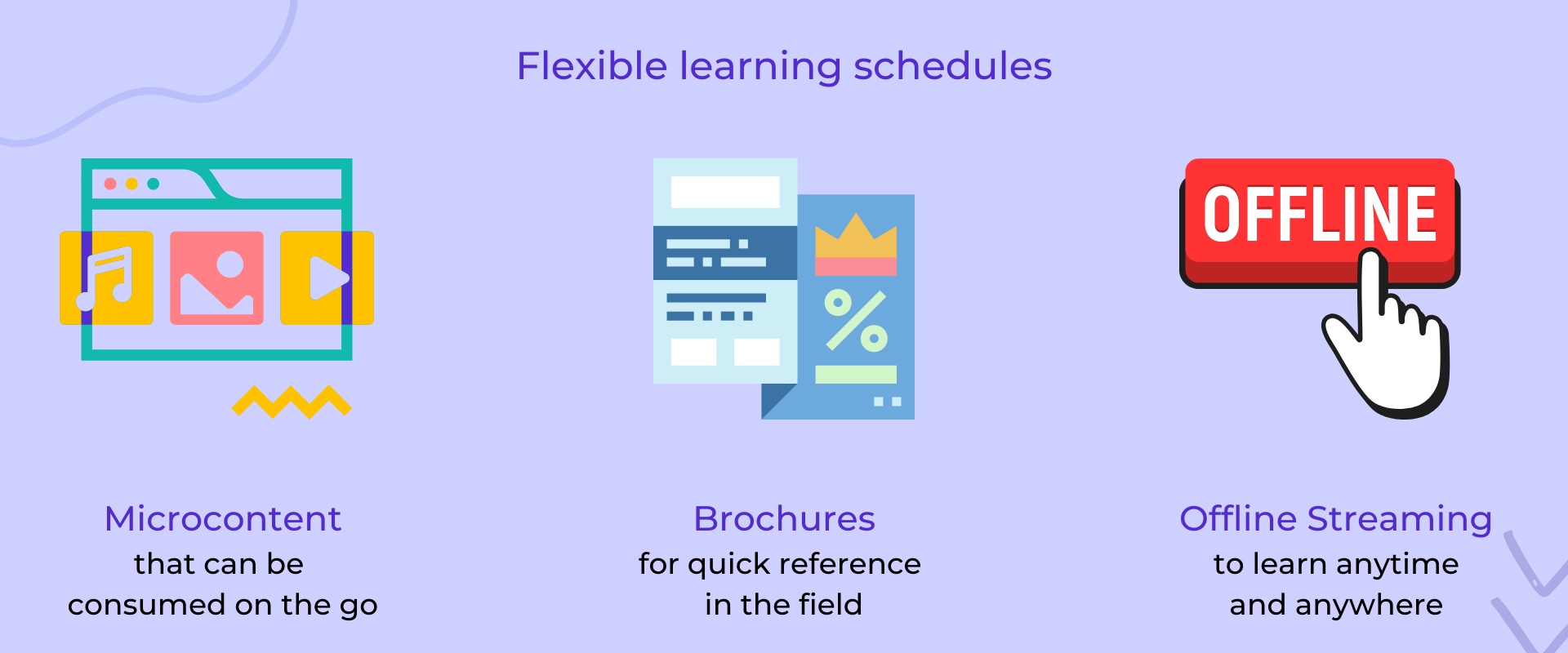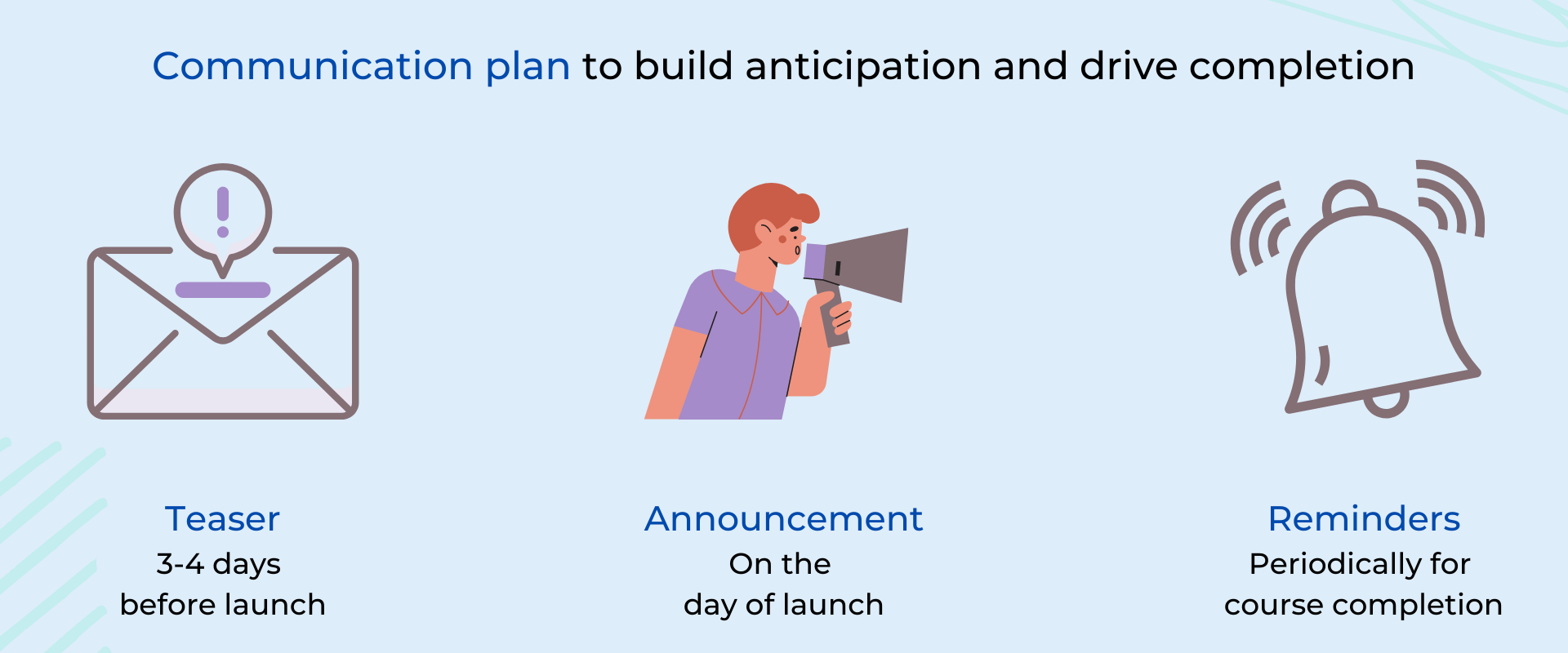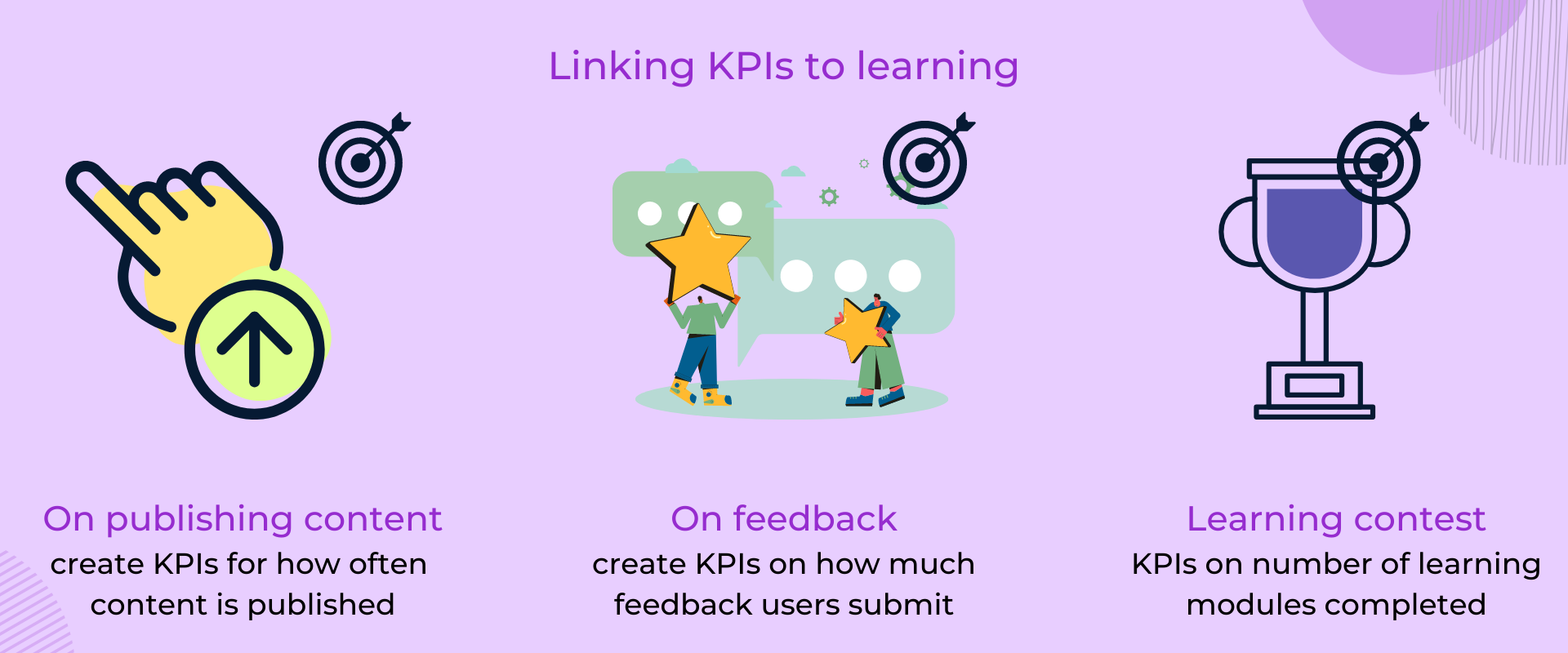Training program not working well? Here’s how you can fix it

Training program not working well? Here’s how you can fix it



We often curate training programs with a lot of care, but sometimes, they just don’t seem to deliver impact the way we intended.
We’ve spoken at length about creating continuous learning programs, but in this blog, we’ll discuss why your training program may be falling short.
We’ll also go over a few things that you can do differently with your learning programs for better results.
Charting your frontline’s learning goals
Before you set out to create your training program, you could consider doing an assessment of needs. What are topics that your frontline is good at? Are there specific areas they seem to be struggling with? What are the topics that will help them most in the field?
To understand better,
- You could conduct regular assessments (Bsharp lets you add tags to your questions) to help you identify areas of strength and improvement.
- You can conduct polls or circulate forms where users can update their preference of topics they will benefit most from.
Flexible learning schedules
If you deploy learning content at a time when your teams are busy attending to customers or have other commitments at work, they will not be able to consume your training.
Towards this, you could try creating learning content that is
- Short and can be consumed on the go.
- Easy to refer on the field (short reference brochures)
- Available to stream offline


This will make it easier for your frontline to complete the training, at their own pace.
Repurposing outdated content
Do you repackage old content and redeploy it? It might be time to stop doing this. We’re living in the midst of continuously evolving markets, products, and customer expectations. The same content will stop being relevant after a point.
If your content still remains relevant and just requires a few additions, you could consider switching up the format and deploying it again as a refresher course.
Using the same old formats
It becomes crucial to switch up your content format to keep things interesting for the end-user. If your learners get accustomed to the same format, it may lead to saturation, where the users get tired of looking at the same kind of content and lose interest.
The more variety you add to your content, the more engaging it becomes, and increases retention rates among learners. Here are some formats you can try
- MP3 and MP4 files to help with retention
- Posters in PDF or JPG formats for quick reference
- Quiz sessions to add excitement to your learning modules
Lengthy training sessions
When training courses run beyond 10 minutes, learners feel a sense of exhaustion or even dread, even before starting the training. To fight off such problems, you might want to consider
- Splitting up your training into smaller sessions
- Turning it into microlearning sessions of under 10 minutes each.
Doing these things will make your training more palatable, and can help learners be more inclined towards taking up the training.
Like what you see? We’ve got more for you!
Encouragement from management
Many times, receiving a motivational message from top management acts as a great motivator when you want to drive desirable results.
If some of your team members are showing resistance to adopting your learning programs, you could also encourage their direct line managers to have a conversation with them about what might be holding them back.
This will also help you show them how a learning program can help them be more productive and get better results.
Post-training follow up
While it is important to deploy content on a regular basis, it is equally important to assess the impact of your training content. You could do this through assessments, discussions, and even follow-up remedial training for those who need it.
Another thing to consider at this stage is evaluating whether your content is actually working for your frontline or not. You will need to conduct periodic polls or attach feedback forms after every training session, that will let learners tell you what works for them and what doesn’t.
Lack of awareness about the training
When you publish a learning module, you’ll need to spread the word about it to make users aware of it. The more that you communicate this to users, the more likely they are to complete the course. Often, users might receive the notification but forget about it because they are occupied otherwise. You will need to send multiple reminders to get maximum course completion.
Here’s how you can communicate the launch of a training program


Lack of motivation
While consuming training content by itself is a great value addition to the frontline’s learning journey, sometimes, you will have to give them more reasons to complete the course. This could take the form of giving out badges, certifications, rewards, and vouchers. Incentivising learning programs can be one way to make your program work, but, it should not become the only reason why users complete your training.
To take this a step further, you could also gamify the process of learning. You can turn learning into a KPI for your team, and they can earn points for every course they complete.
But, why stop with a KPI contest? We think you can also set KPIs for publishing learning modules regularly. Set KPIs for giving feedback on the learning modules that you publish.


Doing these things will help push content consumption, and also engagement with your content.
Bsharp Score lets you set KPIs around any business process, or even learning goals.
